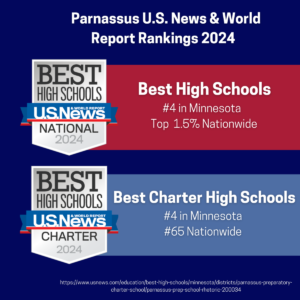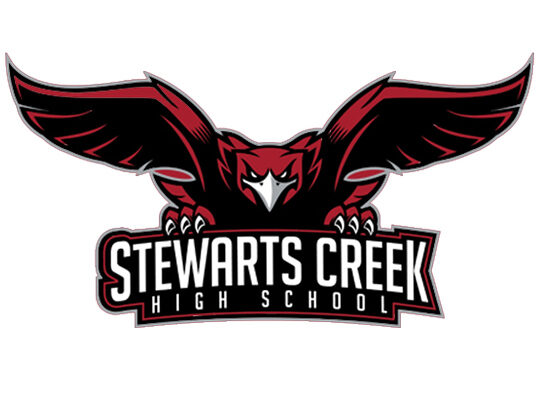Minnesota’s Educational Excellence: How One State’s 35-Year Commitment to Dual-System Education Became America’s Blueprint for Public School Success
Minnesota’s public education system stands as a testament to innovative thinking and adaptable learning environments, earning its reputation as a national leader in educational achievement. The North Star State’s commitment to excellence has created a dynamic ecosystem where traditional public schools and charter programs coexist and thrive, setting benchmarks for other states to follow.
The state’s pioneering approach to school choice, first implemented in 1988, has transformed education delivery. Minnesota became the first state to authorize charter schools, and this early adoption has led to a mature, well-regulated charter sector that complements rather than competes with traditional public schools. This dual-system approach ensures families can find the right fit for their children’s educational needs while maintaining high standards across all institutions.
Ember Reichgott Junge, a Democrat Senator is the “Mother” of the chartered school movement, being the Senate author of Minnesota’s first in the nation chartered school law.
Being the “mother” of what has become an international movement, is an extra ordinarily feat in and of itself. Ember’s pioneering legislative work that eventually gave birth to the chartered school law, began in October, 1988 when she learned about the chartered school concept at an Itasca Seminar held in northern Minnesota. She wrote in her book – ‘Zero Change of Passage’ that “Frankly, her head was spinning” after the discussions about chartered schools.
Charter schools are independent public schools designed to provide parents and students with alternative educational options. The first charter schools in the United States opened in Minnesota in 1992, and today they remain a popular choice for families seeking alternatives to traditional district public schools. Currently, Minnesota is home to 173 charter schools, serving approximately 70,000 students from prekindergarten through grade 12. Additionally, 60 of these schools operate officially recognized early learning programs.
The primary goal of Minnesota’s mission-driven charter schools is to enhance student learning, achievement, and success. Charter schools are open to all students, tuition-free, and staffed by licensed teachers. They also accommodate students requiring special education services and ensure that all students participate in state assessments.
Three Minnesota high schools make US News’ top 250 list
Each year, new charter schools with diverse educational programs become available, offering families more choices. Parents are encouraged to reach out directly to charter schools to learn more about their unique offerings.















Leave feedback about this